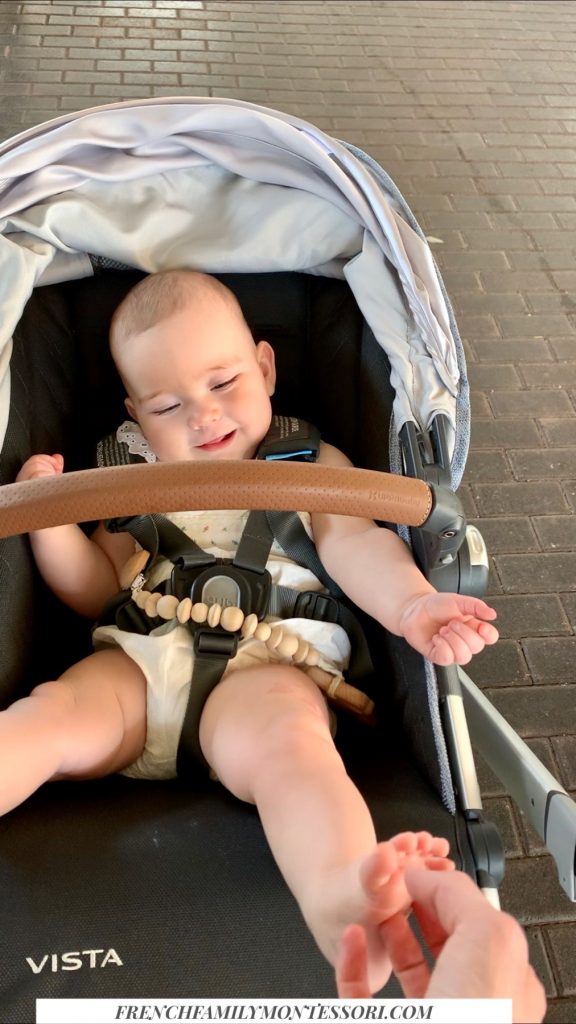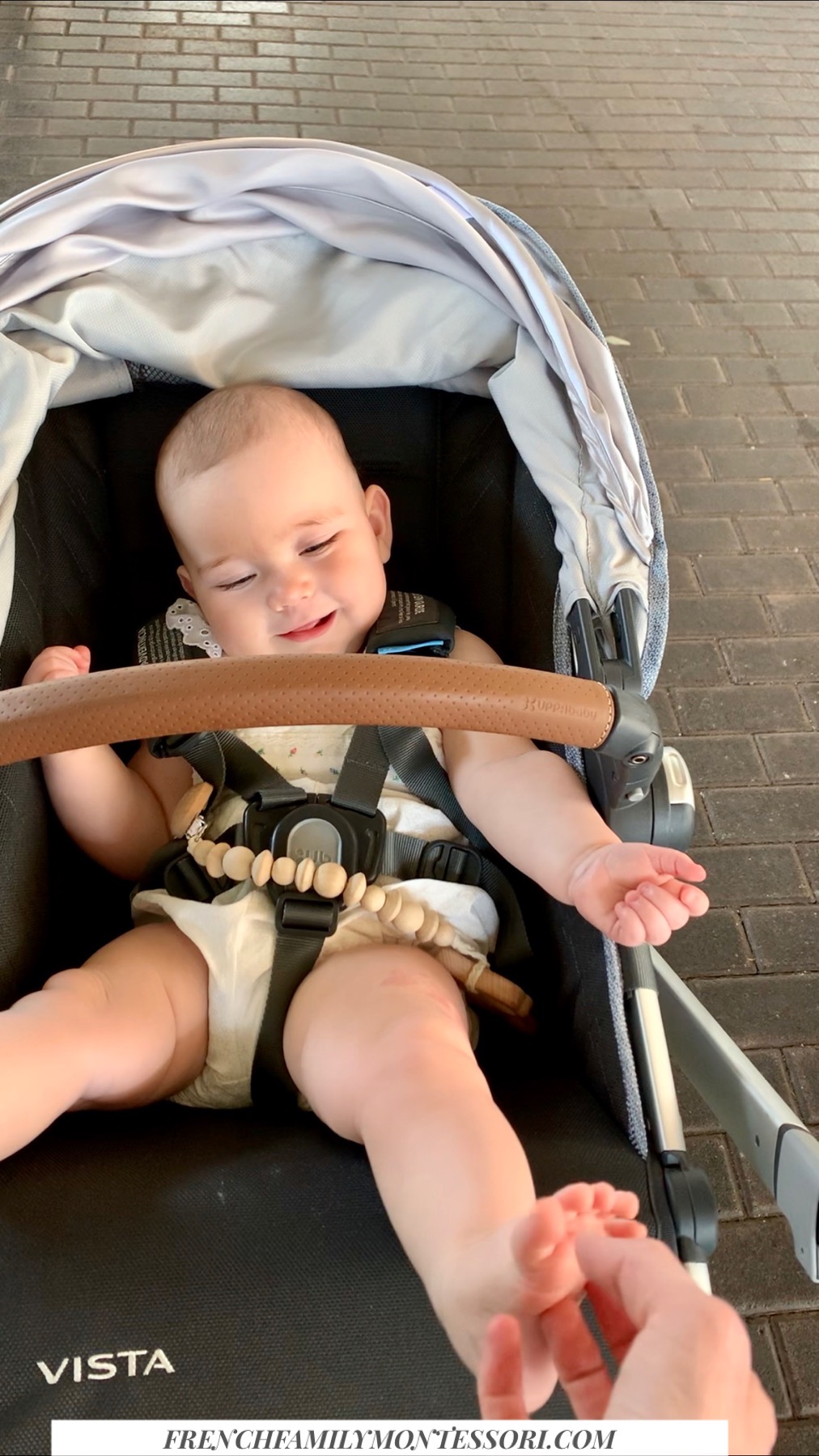
Touch is important. It can improve your immune system and decrease the risk of certain diseases. As a licensed massage therapist, I know how it can greatly affect a person’s mood and quality of life. It’s also rather personal. Some welcome it in the form of embraces while others may prefer their distance, avoiding as much as a brush.
It’s never too early for a child to start learning that others should respect them, their wishes, and what appropriate touch is. This includes asking their permission, from birth, to touch them. (Yes, we ask permission before nappy changes.) We are also respectful of their modesty and who changes them. If Hubby and I were available, we are the ones to change their nappies. My mum and mother-in-law are the only other people who have changed them, not including when they spent a few days in NICU. I always found it odd when a friend or family member would ask if I want to change their baby while they are right there and able to do it. I find it extremely disrespectful to the child.

Asking simple questions such as, “Would you like me to pick you up?” is such a small gesture for us that has a much larger impact on them. We also respect their response and don’t try to manipulate their answer. “May I have a hug?”–No? Ok, maybe another time.” I can’t tell you the joy I experienced when my niece, after months of not, wanted to give me a hug.
There are times we do need to place our hands on them, even though they don’t wish it, due to safety. If they are climbing where they shouldn’t, we first explain that their actions aren’t safe and ask if they would like to come down on their own, or do we need to assist them down?
When the girls were younger and we took a trip to Mote Marine Laboratory, my hand happened to touch E’s foot, causing her to giggle. Afterwards, she would repeatedly tap my hand with her foot. So I would wiggle my fingers, like one would do to tickle someone, not touching her, but close enough that she could touch my fingers with her foot if she wished. And that is just what she would do, bring her little foot up to be tickled.
She was in control, as she should be. When she wanted to be tickled, how often, and when she wanted to stop. While tickling is something I personally don’t enjoy, she seems to enjoy it–on her terms. So I followed her lead and remember that she’s in control. What may be fun for one, may not be enjoyed by another.

Regardless of their age, it’s their body. They have a say in what they enjoy and don’t.
Recently, V was playing with E’s belly button when E pushed V’s hands away. This was the first time that this has happened. There are times I ask that they don’t touch my eye-glasses and may remove their hands, but this was different. Once E expressed her wishes, I gently reminded V, when she went to touch her sister again, that E didn’t want to be toughed right now. I would cover E’s belly, tell V that we need to respect her sister’s wishes and her body. I then led her away to find something else for her hands.
These actions are how they learn what appropriate touch to others looks like and how to respect another person’s wishes.
We also use proper names for body parts. This will make it less awkward to talk about certain topics later and helps deter sexual abuse or mention it if it does occur. Areas that are covered by nappies/diapers, undies, and swimsuits are private and touches there are inappropriate, except when being cleaned. They are even learning to clean and wipe themselves, so it won’t be too long until no one but them will need to clean them. As they are toddlers, this is the extent of appropriate talk right now. Conversations will naturally evolve in time.
How does your family talk about appropriate touch?
.
.
.
